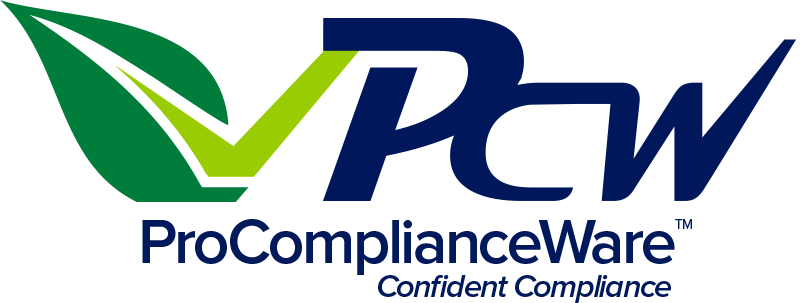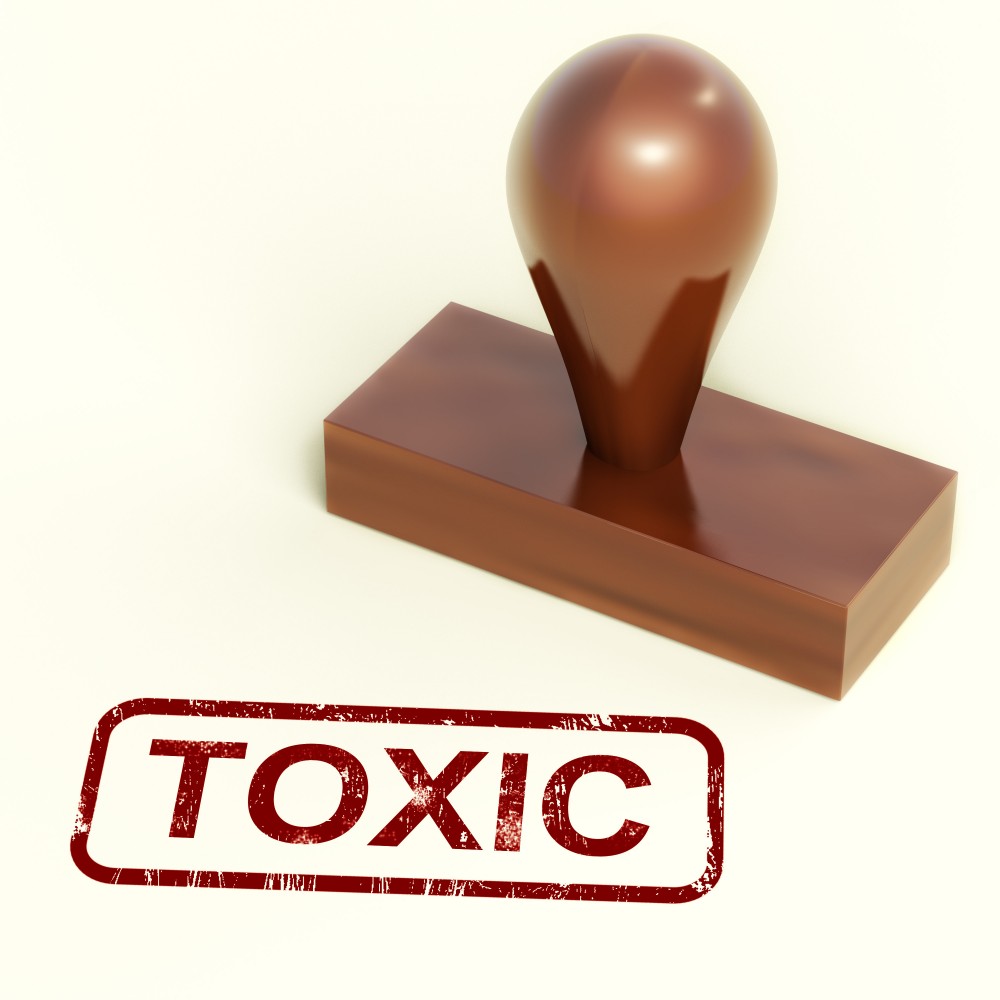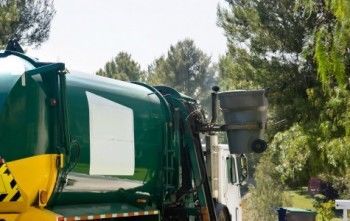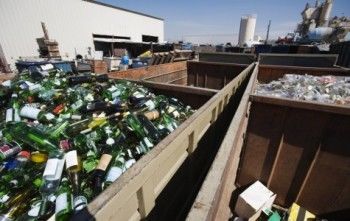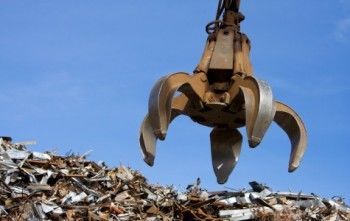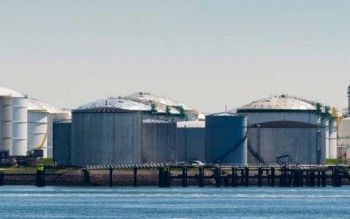Why Compliance is Critical for Toxic Waste from High-consequence Industries
When comes to regulatory compliance for toxic waste from medical clinics, a ‘high-consequence’ industry, there are a number of factors. Generally, compliance surrounds any medical waste generated by individuals, schools, local government agencies, as well as medical personnel from large and small healthcare facilities, veterinarians, and even tattoo parlors.
Typically, a high consequence industry is one where there is a need to prepare individuals for situations where the consequences may be severe (e.g. loss of life.) Toxic waste has been known to cause birth defects, injuries and death to living beings because it spreads quickly and can contaminate lakes and rivers. The term s also called ‘hazardous waste‘, which refers to discarded materials that could pose a long-term risk to our health or environment
The Challenge of Hazardous Waste
13 tons every second
Hazardous wastes are wastes that can cause substantial threats to out health and the environment. We produce more than 400 tons every year. This is almost 60 kg for every person globally.
Numbers are increasing
In only one generation the production of man-made chemicals has increased by 40,000% from 1 million to 400 million tons.
Where does it come from?
Hazardous waste also comes from products that we use every day, for example, batteries, cosmetics, cleaning products, paints, pharmaceuticals, electronics.
Sources: http://www.theworldcounts.com/counters/waste_pollution_facts/hazardous_waste_statistics
The United States National Library of Medicine (NLM) uses maps of the United States to highlight data from the U.S. Environmental Protection Agency’s (EPA) Toxics Release Inventory (TRI). There is a program that is known as TOXMAP, with local area maps showing where TRI chemicals are released on-site into the water, ground, or air, and also via underground injection. The releasing facilities are identified and color-coded while they release toxic amounts for around a period of a year, which provides multi-year aggregate chemical release trends data. A Disease Registry National Priorities List (NPL) lists all of the chemical contaminants that are present at these sites.
There are also other compliance requirement issues such as identity authentication – e-signatures or physical identification an integrity secure infrastructure, confidentiality concerning data privacy and control such as secure SAAS, as well as availability system architecture, which involves intrusion, dos detection and prevention. In addition, there are also regulations surrounding auditability tracking and reporting as well as e-signatures, security certifications exams, not to mention keeping up with training and SOPs reporting and analytics.
Furthermore, there are other concerns besides the environment when it comes to compliance. It is essential to continually improve employee and customer safety when handling medical waste. This includes:
- Ensuring any regulatory compliance related to medical waste
- Facilitating the safe and environmental disposal of medical waste
- Providing a complete chain of custody documentation
There are a number of necessary procedures and services that are involved in ensuring cost effective and environmentally compliant hazardous waste management, however the companies involved need to keep track and manage this regulatory process. If a deadline is missed it could cost thousands of dollars in penalties and fines.
According to the Environmental Protection Agency (EPA), one example is a recent case involving Oregon State University who is facing fines up to $275,000 because of exposing faculty, staff, students, and truckers plus landfill workers to potential harm by not identifying and properly handling hazardous wastes. In 2013 the EPA inspectors found more than 2,000 poorly managed hazardous waste containers in at least six OSU campus labs and other buildings.
ProComplianceWare (PCW) is the ideal regulatory compliance management solution for the above scenario, thanks to its ability to help companies achieve their industry’s best practices to ensure compliance. PCW is a very cost-effective and easy-to-use Web-based environmental management system (EMS) that electronically tracks compliance deadlines for items such as reporting, inspections, training and sampling activities imposed by environmental regulations.
Any facility regulated by the Environmental Protection Agency (EPA) or state agencies can use PCW for improved permit report organization, compliance due-date tracking and searchable document archive. To help you understand and achieve your industry’s best practices to ensure environmental compliance, PCW delivers a cost-effective and easy-to-use Web-based environmental management system (EMS) that electronically tracks compliance deadlines for inspection, reporting, training and sampling activities imposed by environmental regulations.
For more information on how PCW provides sustainability for hospitals and medical centers, please contact: 800-832-8508.
ÂÂ
